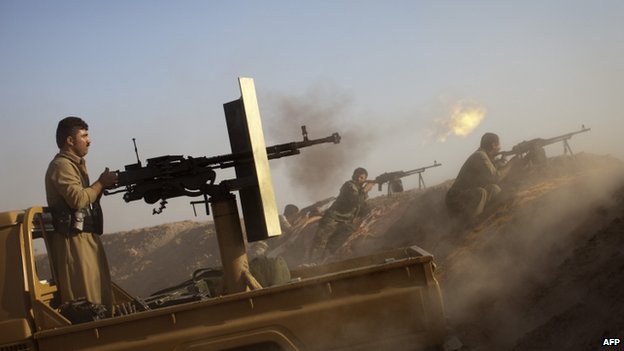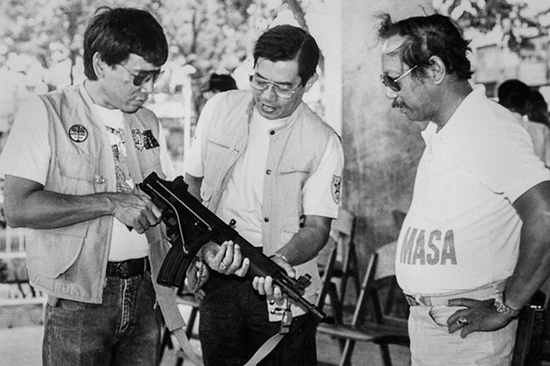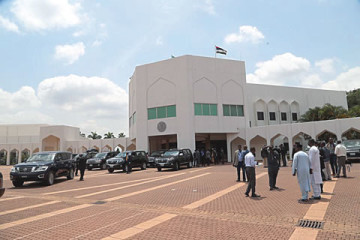
He will also be briefed by commanders at the Florida headquarters of Centcom, the command covering the region.
The president has said US troops will not have a combat mission in Iraq, under the strategy outlined last week.
But ground forces may be sent if a new international coalition fails to defeat IS, the top US general said on Tuesday.
Gen Martin Dempsey, chairman of the Joint Chiefs of Staff, told a Senate committee that an international effort against IS was currently the “appropriate way forward”.
However, he said “if that fails to be true, and there are threats to the United States, then I of course would go back to the president and make a recommendation that may include the use of US military ground forces”.
Gen Martin Dempsey says he would consider asking for the deployment of ground troops in Iraq if necessary
Gen Dempsey confirmed that under the current plan, US military advisers would help the Iraqi army to plan attacks against IS, also known as Isil.
The jihadist group controls large areas of Syria and northern Iraq. It has between 20,000 and 31,000 fighters in Iraq and Syria, according to CIA estimates.
Mr Obama arrived overnight in Tampa, Florida, where US Central Command (Centcom) – responsible for the Middle East and Central Asia – is based.
“As we implement the president’s strategy to degrade and ultimately defeat Isil, it’s the men and women of Centcom who will partner with others in the region to carry out our limited military mission in those countries,” White House Press Secretary Josh Earnest said on Tuesday.
They are helping to protect US diplomatic facilities, operate drones, and train and mentor Iraqi forces. So far these mentoring teams are at the headquarters level. But many experts believe that this will eventually have to extend to units on the battlefield.
Senior US commanders already envisage a potential wider role for US forces. For now this is anathema to the White House which is still “selling” its new Iraq policy to its domestic audience.
But over time, a refusal to deploy major US combat units may make more sense than blanket statements about “no boots on the ground.”

In recent weeks Iraqi and Kurdish peshmerga forces backed by US jets and drones have been advancing against IS positions in northern Iraq.
In his speech last week, President Obama unveiled a four-point plan to defeat IS using further air strikes, support for Iraqi troops, anti-terrorism activities and humanitarian aid.
On Monday US aircraft carried out the first strike under the new strategy, south-west of Baghdad.
The US administration has also been working on a broad coalition to fight the jihadist group.
At the weekend 30 countries took part in a summit in Paris, and pledged to help Iraq fight Islamic State (IS) militants “by all means necessary”.
Correspondents say the murders of two US journalists and a British aid worker by IS militants – all shown in a videos released by IS – have added momentum to the plans.
BBC.






